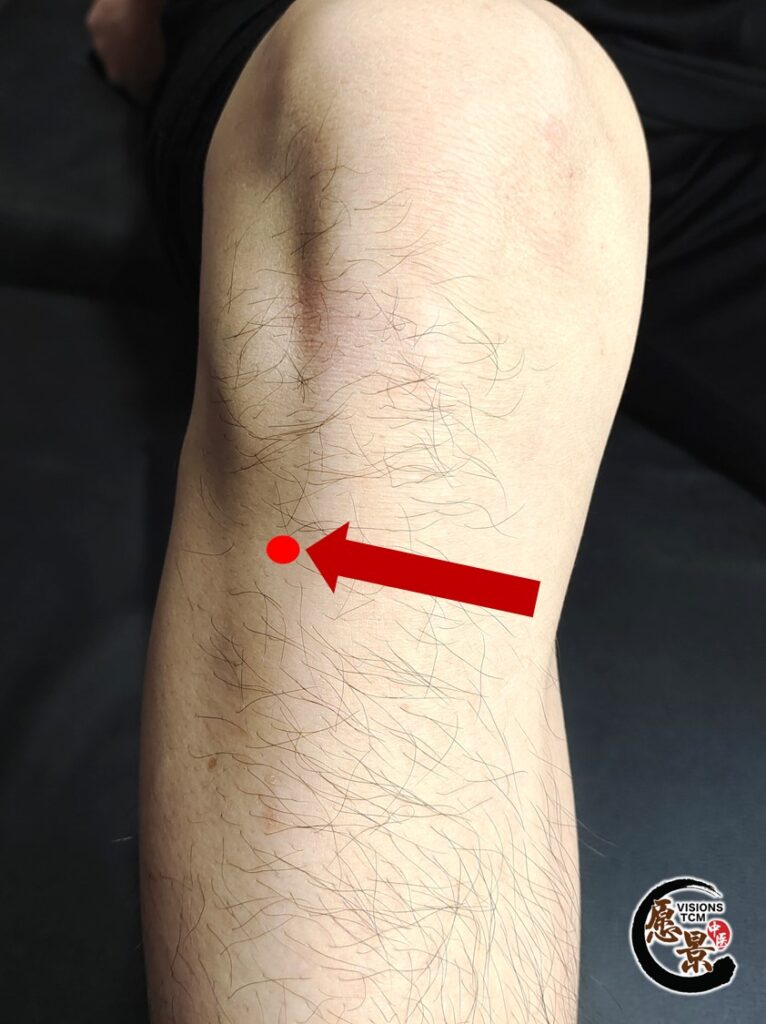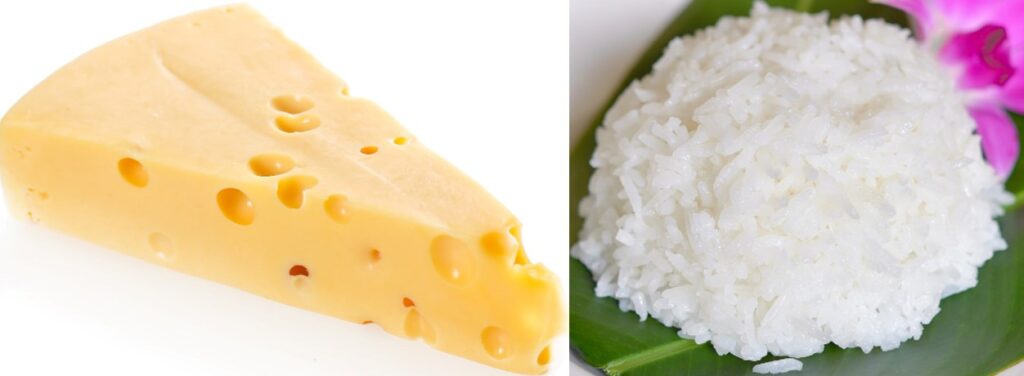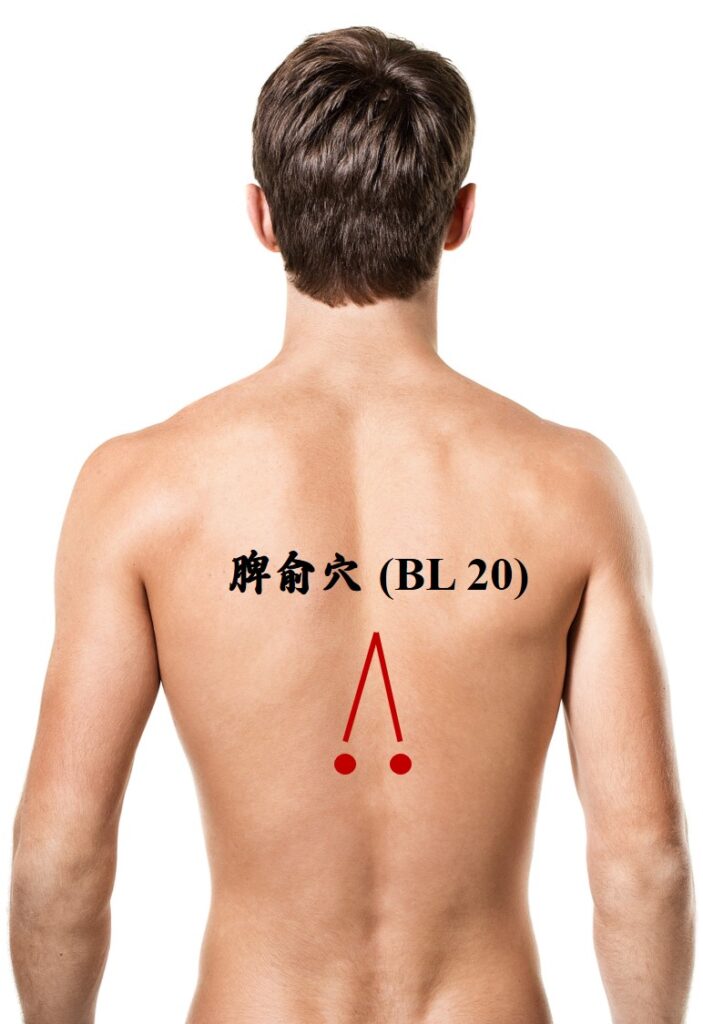Previously, we talked about how children’s constitutions differ from adults’, you can click here to read part (1) first before we continue ~
Now, let’s look into the types and features of children’s constitutions.

The progress of a child’s physical and mental development serves as a key indicator of overall health. Each stage of growth presents distinct patterns and phases. Notably, the first six years of life are vital for future development. During this timeframe, a child’s constitution and the onset and progression of illnesses strongly influence their growth and cognitive development.
Traditional Chinese Medicine (TCM) recognizes the specific characteristics of adult constitutions and categorizes children from birth to six years into seven distinct types based on their daily physical conditions, dietary patterns, growth and developmental traits, the influence of the external environmental factors on their health, and the progression of disease-post infection. These seven classifications include energetic constitution, spleen deficiency constitution, ingestion constitution, heat stagnation constitution, dampness stagnation constitution, excessive heart fire constitution, and special constitution [1]

Characteristics of Energetic Constitution
| Definition |
|
| Formation factor |
|
| Physical characteristics |
|
| Proper weight proportion |
|
| Dietary habits |
|
| Characteristics of growth and development |
|
| Impact of the external environment to the body |
|
| The pattern of disease progression after infection |
|
Daily Wellness Routine
(1) Nutritional Care
- Choose foods with neutral flavours and properties, such as broccoli, black fungus, and tomatoes.

- Ensure a variety of foods in the diet to maintain balanced nutrition.

(2) Acupressure point massage
Massage the Zusanli (ST 36) acupoint daily, once in the morning and once in the evening.


Characteristics of Spleen Deficiency Constitution
| Definition |
|
| Formation factor |
|
| Physical characteristics |
|
| Daily physical condition |
|
| Dietary habits |
|
| Characteristics of growth and development |
|
| Impact of the external environment to the body |
|
| The pattern of disease progression after infection |
|
Daily Wellness Routine
(1) Nutritional Care
- Consume foods that strengthen the spleen, such as Chinese yam, potatoes, carrots, and red dates.

- Avoid excessively greasy or hard-to-digest foods, such as glutinous rice and cheese.

(2) Acupressure point massage
Massage the Pi Shu (BL 20)and Zusanli (ST 36) acupoints daily, once in the morning and once in the evening.


**[1] 潘佩光.(2010).0-6岁儿童常见中医体质辨识与保健..(eds.)第六届全国中西医结合基础理论研究学术研讨会暨第二届湖南省中西医结合学会肝病专业学术年会论文集(pp.78-87)..
此文章还有以下语言版本:
![]() 简体中文 (Chinese (Simplified))
简体中文 (Chinese (Simplified)) ![]() Melayu (Malay)
Melayu (Malay)



